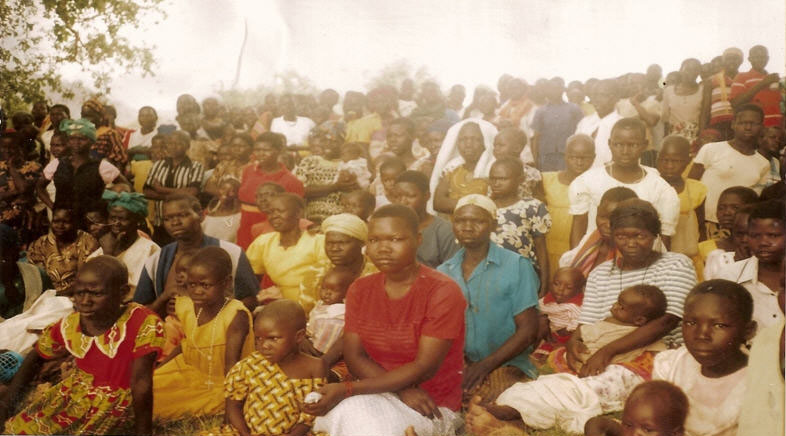Malaria is the number-one, fatal, endemic disease in the West Nile region—with the Arua district, Ajia, Vurra sub-counties, in particular. Malaria contributes to 62% of outpatient care for children under five (U5s) and pregnant women in health facilities, 35% of inpatient admissions, and 4% of deaths in children under five/pregnant women. Thirty-five percent of pregnant women were inflicted with IPT2 (Fancider) during antenatal care (ANC, also known as prenatal care) during their pregnancies. The overall goal of the project is to reduce mortality and morbidity amongst children under age five and pregnant women by 50% before 2010. We knew the community wanted our help when we conducted a survey and the community response was that malaria poses a big threat in their lives. It is important for us to address this problem because it contributes to poverty due to the increased cost of treatment, and the lives lost mean more funds must be spent on funerals; additional costs result from morbidity (long periods spent suffering in sickness), productive time lost, high school dropout rates, and mental illness.
Ayivu Youth Effort for Development (AYED), a local NGO operating in the Arua District has been implementing a community-based malaria prevention modal aimed at improving behavior through information, education, and communication (IEC). A number of interventions were implemented in communities including: malaria awareness days consisting of dramas, bike races, health talks, poems etc.; community sensitization meetings; advocacy through organizing dialogue meetings with community members and district officials; training Village Health Teams (VHTs); and above all, the innovative idea of a home-to-home malaria campaign at household level with Village Health Team members, health facility staff, and district health officials. This project was targeting children under five and pregnant women in the Ajia and Vurra sub-counties in the Arua district, one of the most vulnerable areas with low immunity rates, issues of abortions, miscarriages, children with low birth weights, death, loss of productive time, high school dropouts, and increased poverty, all because of the impact of malaria. With our interventions, a number of advances have been created in communities: the number of children under five sleeping under insect-treated nets (ITNs) has increased from 15% to 60%; in the target groups, malaria cases have been reduced from 65% to 32%; up to 50% of U5s now receive treatment within 24 hours of the onset of a fever; 90% of communities have trained Village Health Teams/Community Medicine Distributors in BCC activities that increase the knowledge on cause, prevention, and treatment of malaria amongst community members.


